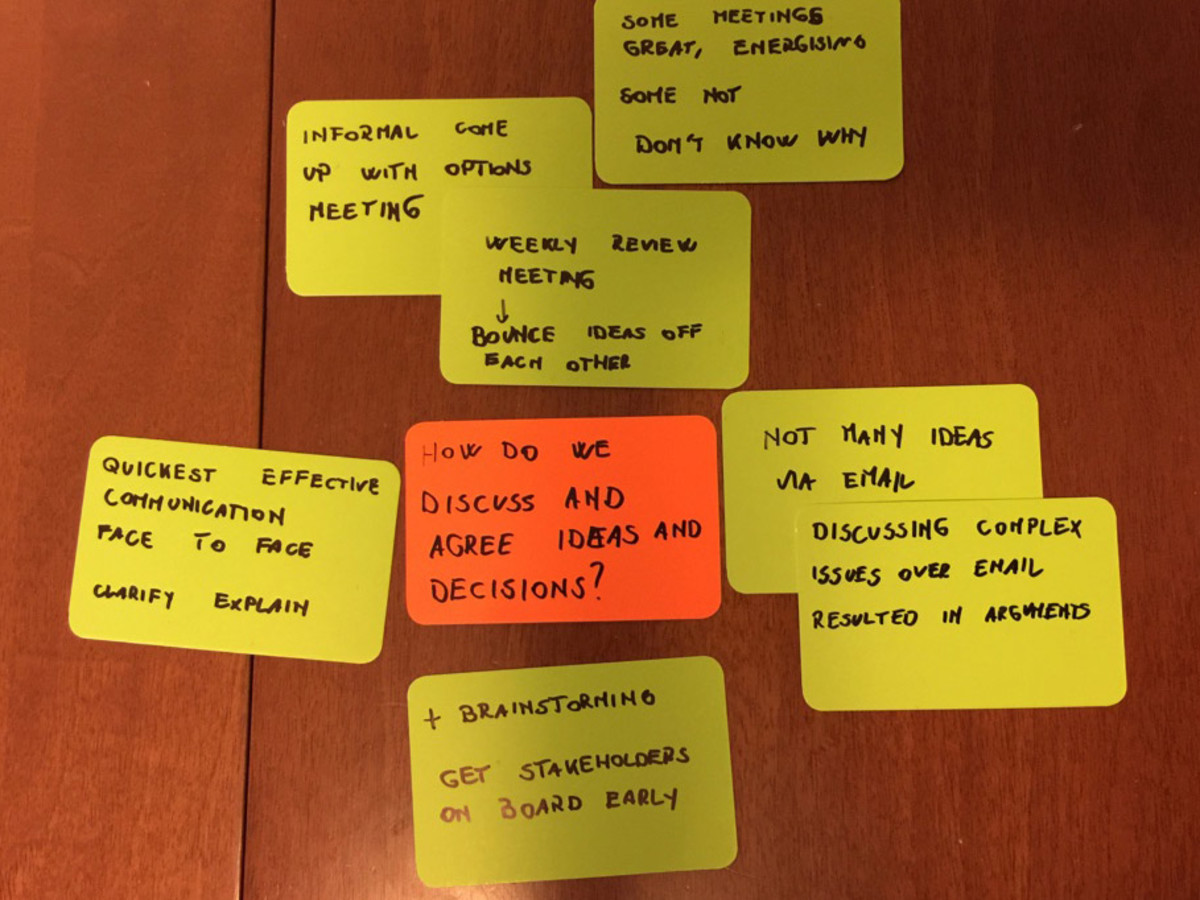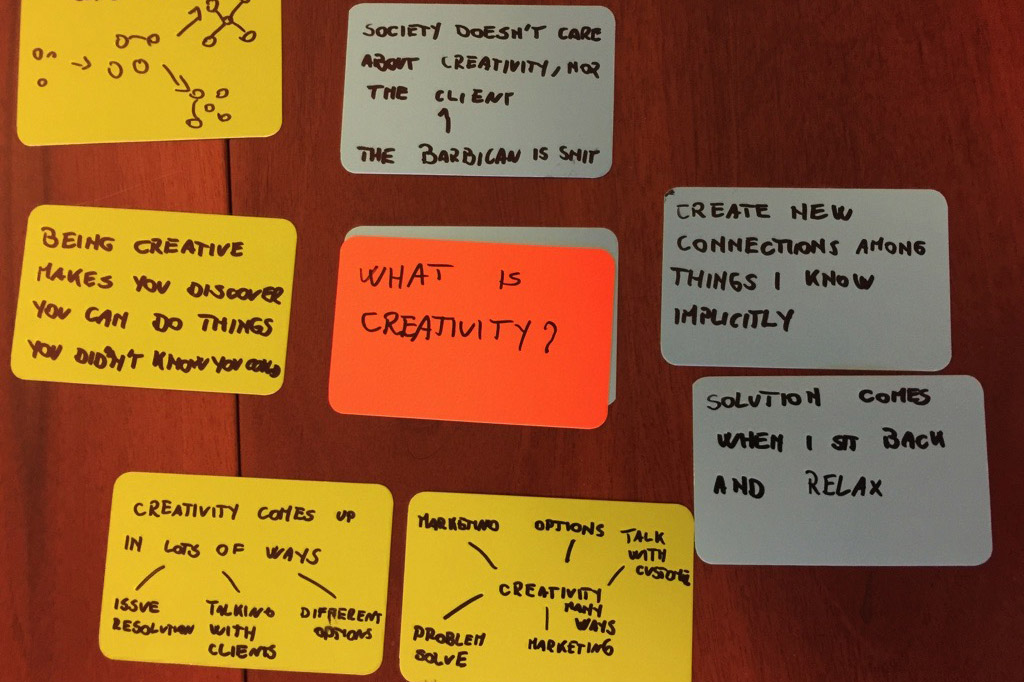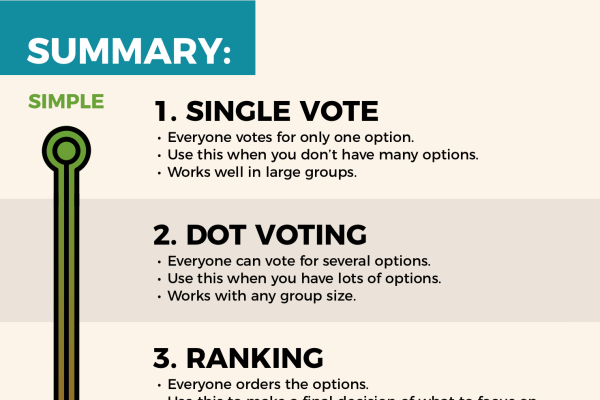
Visual Thinking
Francesco Marcatto9 Jan 17
Whether for work or personal life, sometimes we all need to clarify our thoughts. Maybe you have collected a lot of information for making an important decision, for example which car to buy, or you are evaluating the pros and cons of all the options provided by the R&D department for the next product to develop.
Either way, you have to find a way to easily display, understand and manage all the ideas and information.
At Mindiply we know this situation very well. As a young startup, we are constantly gathering new ideas and insights, and are obviously faced with tough questions, for example which are the best traction channels to reach new users? Are we are we solving a problem people really care about? To name just a few!
Two methods for visual thinking: Mind Maps and Artefacts Cards
For crystallising our thoughts, we’ve often used the mind mapping technique. It’s a very popular method consisting of writing concepts in circles and organising them hierarchically using branching and radial maps. We really like using SimpleMind which creates nice looking mind maps with just a few clicks.
Recently, however, we’ve had to find a different visual thinking method to help us with some strategic analysis: where we are, what are the problems we are facing, what’s the evidence we have collected so far and what’s next. As usual, we started creating the mind maps, but this time we quickly realised that the method didn’t fit the purpose. There was no great need for a hierarchic organisation, and we needed some way to quickly move and cluster all the thoughts we had collected.
So this time we switched to something totally physical: Artefacts Cards. These are simple but well designed coloured cards that you can use to record and organise thoughts or, as their creator John Willshire says, play with ideas. Using them is straightforward: you write or sketch ideas on them and move the cards around and create clusters - groups of cards that share a common theme. You can use cards of different colours to give extra meaning to their content. In our case blue meant evidence collected, yellow cards were for insights, and so on. Here is a close-up example of what we produced:

Our experience with the Artefacts Cards
The lack of the constraint of having to put strict relationships between concepts as in the mind maps, was a key factor in the success of this method for our task: we created a lot of cards, placed them on a big table and moved them around to create meaningful groups and make the big picture clearer. And if an arrangement was not working, we could try a different one in a flash, no problem.
Of course, we had to rack our brains to make sure we were obtaining useful results, but in general using the cards was easy and also fun! This is also possibly because at Mindiply we are gamer geeks, and we love to play with just anything that reminds us of card or boardgames (my all time favourite card game is Middle-Earth: The Wizards, much better than the over-popular Magic: The Gathering!)

Hey, you're a psychologist, can you explain why these cards work?
Sure! Tools such as this are called ‘cognitive artefacts’, that is human-made devices that make us smarter and increase our cognitive performances. Specifically, these cards are helpful to unload our memory and make our thoughts instantly accessible: by writing the ideas on the cards we free ourselves from the burden of a remembering them, and we can easily find new connections or insights just by looking at them or arranging them in meaningful organisations, such as clusters.
Doing the same without an external tool would be a very complex working-memory task: imagine keeping in mind all that information, while at the same time seeking out meaningful relationships among them and looking for more ideas and insights. Clearly too much for our poor and already overloaded cognitive system! Much better to keep our precious cognitive resources (no, they are not unlimited) for ideation and thinking.
So, do the cards solve all your problems?
We like play with the Artefacts Cards as much as we like to use the Mind Mapping software. They both have their usefulness in the smart thinking space. There are, however, some things that we think are still missing in the cards.
First, since they are an analogue tool, you cannot save the cards and the arrangements as a file, so you can't continue the session later or have multiple variants. The only thing you can do is take a picture and use it for future reference. A bit too limiting in the digital age!
Also, the cards are very well manufactured and you get a lot of them in the package, but sooner or later you will run out of some colours, and this will likely happen in the mid of a high-energy session (what, no more yellow cards?!?).
Lastly, there can be some issues when doing thought crystallisation sessions in group. We already wrote about our frustration in using virtual shared boards (‘drag&drop wars’), and something similar can easily happen when you use the Artefacts Cards for group sessions too: it’s difficult to concentrate when people are continuously moving the cards around, or somebody moves the arrangement of cards you have carefully made into one you don’t understand.
So, perhaps having a virtual version of the cards could be useful? Unlimited cards, you can save and access anytime your previous sessions, an undo feature, and the possibility to share your arrangements of cards with your team, maybe in a smart structured process à la Neonce? There is an Artefacts Cards app, for iOS only, but at the moment it’s very limited. You can use it just for taking pictures of the ‘real’ cards you have created, you cannot create new cards on the app. We hope a new evolved version will be soon developed, in the meantime we'll keep playing with ideas!







